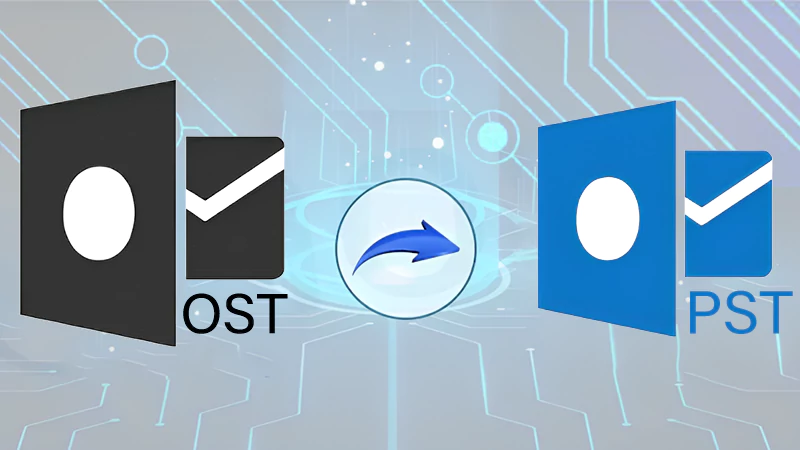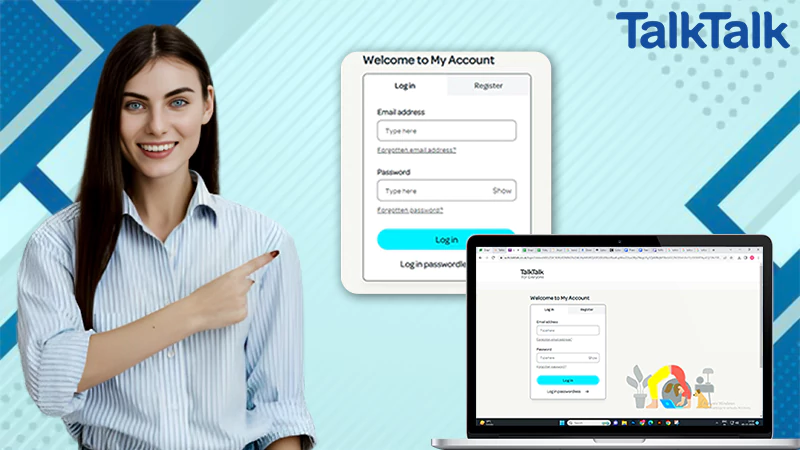Outbound Marketing Strategies Small Businesses Should Implement

Do you know Outbound Marketing is a powerful technique for reaching your potential customers?
Even though it is often treated as a kind of approach that is only adopted by a few sectors, the reality is different. Outbound Marketing is something you need in this digital age to reach your target audience and thrive in the competitive marketplace.
In this article, we will learn about the best strategies that will help your business to enjoy the benefits of outbound marketing.
What is Outbound Marketing and Its Major Components?
Well, it is a type of traditional practice where businesses try to initiate contacts with prospective clients so that they can effectively promote their services and products.
Its key elements involve:-
- Advertising:- Methods like radio ads, commercials on TV, display ads, Billboards, etc. are employed.
- Telemarketing:- Making cold calls to potential customers to introduce products or services, conducting surveys, or generating leads.
- Email Marketing:- Here, products or services are often promoted via promotional emailing or newsletters to a list of recipient data acquired via various means.
- Cold Calling:- Sales representatives approach potential clients with interest in the company’s offerings, also called B2B (Business to Business) Sales.
- Direct Mailing:- This involves sending physical or promotional materials like catalogs, postcards, and brochures, to prospective clients via mail.
- Door-to-Door Sales:- The sales representatives visit individual homes or businesses to promote their products directly to the clients.
These are a few effective approaches that enterprises can implement to enhance awareness about their offerings, reach a wide audience, or generate a few immediate leads. Enrolling into an online digital marketing course can help you keep up with the trends and learn emerging techniques to stay competent.
8 Outbound Marketing Strategies for Small Businesses to Implement
If your goals include maximizing sales or reaching budding clients, here are the best strategies that you can think of to execute.
Email Marketing
It is an effective technique to reach potential customers or to introduce your product to a new market. Here are a few tips that you can integrate into your email marketing strategy that are:-
- Create and maintain a list of potential clients to whom you will consider sending emails that might be interested in your products or services.
- Start creating personalized and targeted messages during your email campaigns.
- Save time by using email automation tools and schedule them as per your needs.
- Follow reliable email marketing tools for supercharging your campaigns.
- Do NOT miss adding call-to-action and compelling offers in your emails.
Cold Calling
This is an excellent move to approach your audience. A few crucial things that you may need to incorporate are:-
- Train your sales team with the right script to handle the conversation smoothly.
- Do your market research to identify the target audience.
- Deploy a CRM (Customer Relationship Management) Software to track your leads and conversions.
- Try to concentrate on building relationships and offering value while calling.
Direct Mail
Though, mailing sounds like a very old-style thing, but it is something that you must not underestimate. Incorporate these elements into your mailing strategy:-
- Make sure you incorporate all the crucial information in an eye-catching manner while writing perfect professional email materials.
- Clearly define your targets in your emails for your audience.
- Do not miss mentioning your contact information and a strong call to action.
- Track responses to measure the success of your direct mail campaigns.
Telemarketing
This is an easier method according to many marketers, but it still requires a smart strategy to achieve success. Here’s what you should include in your telemarketing strategy:-
- Hire and train a dedicated team for telemarketing.
- Create a clear and compliant calling script.
- Concentrate on the approach to qualify leads and set appointments.
- Ensure compliance with regulations such as the do-not-call list.
Trade Shows and Events
Do you know that trade shows and events are an effective platform to smartly introduce your products/services to a potential market? Here’s what needs to be done.
- Try to often participate in industry-specific trade shows and events.
- Invest in creating an appealing booth and promoting your materials.
- Engage with attendees to collect leads and follow up promptly.
Social Media Marketing
It is one of the easiest strategies if applied smartly. Since everyone engages with one or the other digital platform, it opens a route to target people irrespective of their geographical restrictions. A few prominent tips you should not miss are:-
- Target specific demographics using paid social media advertising.
- Work on creating creative, visually appealing, and highly engaging advertising copies.
- To refine your ad campaigning, try A/B testing.
- Don’t miss monitoring the performance of your ad and modify your strategies accordingly.
Referral Marketing
It is a wonderful approach to have word-of-mouth marketing. Here’s what you should not miss while creating a plan for this.
- Do encourage satisfied customers to refer others.
- Make sure you give incentives to your referrals.
- Track and reward the users who consistently refer to your business.
🏓 Bonus Tip:- Tailoring your approach according to your target audience is a key to successful outbound marketing.
Whenever you create a master plan for your outbound marketing, monitor the effectiveness and adjust your tactics as per the results.
How to Choose the Right Strategy for Your Business?
It’s understood that choosing the right technique to advertise your business is very important. So, here are the 9 steps to make an informed decision to achieve your goals and effectively reach your target people.
- Set Clear Goals:- Having goals will guide your retail strategy better.
- Know Your Target Audience:- Get familiar with the audience’s demographics, interests, pain points, and behaviors to tailor your advertising approach.
- Analyze Your Competition:- Evaluate the successful moves of your competitors to get insights into what might work for you.
- Assess Your Resources:- Consider budget, size, and time constraints, to determine the scope and complexity of your efforts.
- Create a Content Plan:- Create a content marketing strategy to create content, i.e., high-quality, relevant, and localized content, product descriptions, blog posts, etc., and publish them.
- Allocate Budget:- Once you have chosen your promoting channels, allocate a budget for them, such as for photo editor, video editor, SEO expert, etc.
- Integrate Your Efforts:- Interlink your marketing efforts to build a strong brand identity.
- Seek Professional Advice:- Consider consulting with professionals for valuable insights and assistance. In case you are missing someone’s contact to receive help, turn to Nuwber.
- Monitor ROI:- Make sure you assess each of your marketing channels according to ROI to focus on more captivating results.
Final Say
Reaching a broader audience, whether to generate immediate leads or establish your brand’s presence, is possible with outbound marketing.
With the strategies discussed above, it is possible to successfully achieve the marketing goals for your business.
Furthermore, you can customize these tactics accordingly to enhance their efficiency.




